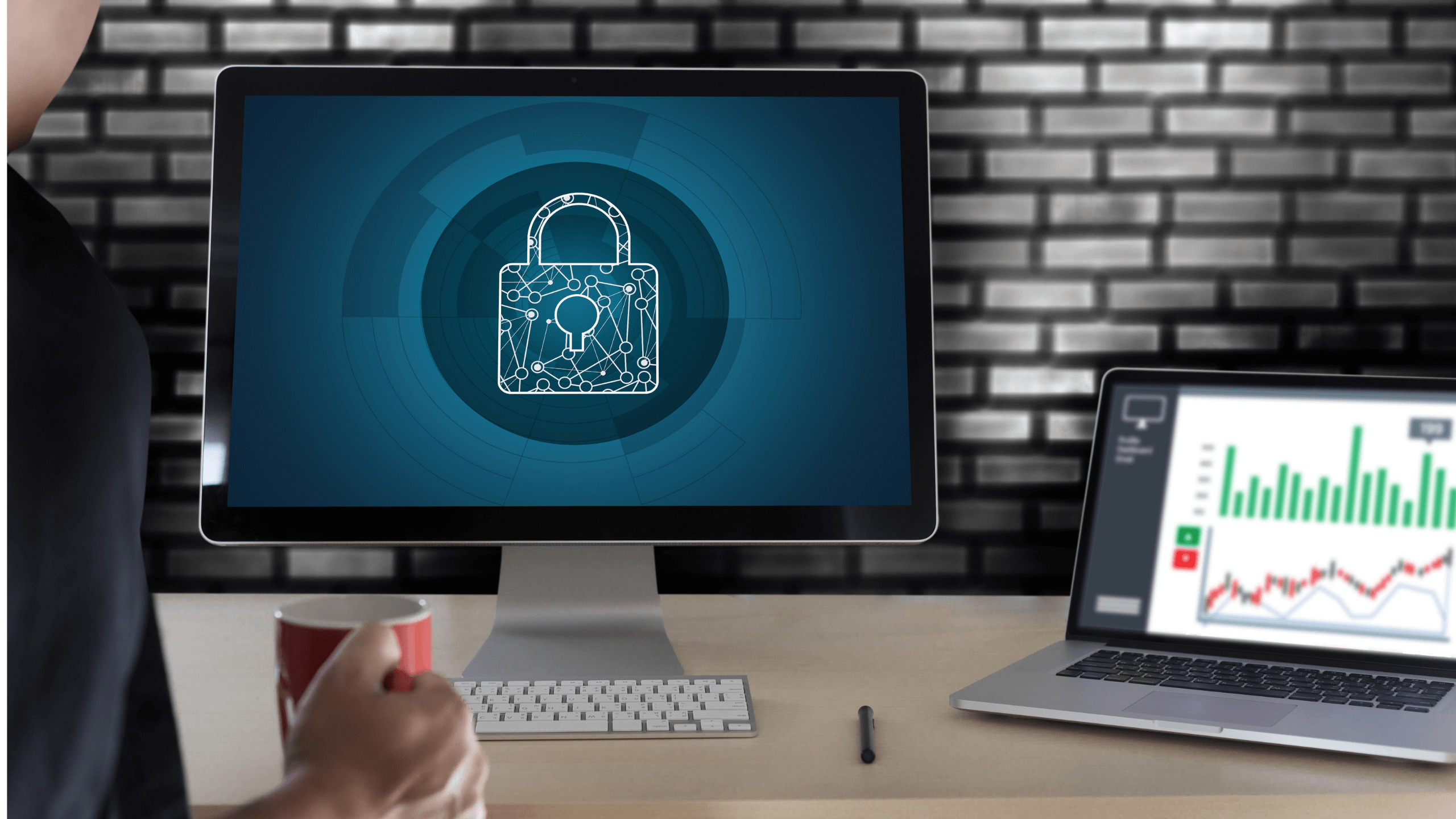Security features of LMS
According to Wikipedia, the main purpose of LMS software is the administration, documentation, tracking, reporting, and delivery of various courses to one or more learners. For the users, security on LMS is always a question of debate. Online security is important because, people can break into data and modify, cause changes, or disrupt operations. We’ll go through some most important LMS security features users should demand from their eLearning solution software in this post.
Data Encryption
Encryption assures that the data is safe and secure when transmitted between applications. LMS software should use advanced encryption standards to make use of encryption and cryptographic codes, which helps in maintaining high-security to transmit data from a users’ LMS to other platforms. Encryption locks for files and folders, domain whitelisting, watermarks in documents, are the methods of encryption that can be used to ensure the security of LMS. It also allows users to integrate their system with third-party applications without worrying about the security of data transmitted.
Back-up Data Storage
The system automatically backs up all the data and helps users to save the latest modified version of the data manually. User’s data is still secured, even if the data is accidentally erased or corrupted by malware. Remember that backup protocols may vary upon the LMS seller. By way of instance, some could run nightly backups and save the data into a distributed storage support, but some have dedicated service of their own.
Anti-Spam
This LMS security service prevents spam which has the capacity to see the user data and steal sensitive data by entering the Learning Management System. This includes phishing, malware, and even ransomware. So the users don’t have to worry about fraudulent cyber attackers getting a hold of their contact details or sending them potentially dangerous or unwanted emails.
IP Blocker
Blockers prevent unwanted IP addresses from accessing user information. The admin can manually add particular IP addresses into the”allowed” or”blocked” lists. This guarantees that attackers can’t see your user information or content through the LMS. The drawback is that they can always use another IP address to operate with the blocker, which explains the reason why it’s so important to place other preventative LMS safety steps in place.
Mobile Security
As many online peoples switching to mobile phones, it’s important that your LMS is mobile friendly. You have to make sure that your LMS has all the mobile security features including data encryption, mobile user authentication, and anti-virus/spam protection, etc.
Anti-Virus
Viruses have the potential to corrupt data, steal sensitive information, and make a mess of user’s LMS UX. Learning Management Systems having anti-virus software help protect your user data and content from the most frequent danger websites. They may also have an integrated virus checker so that you can manually scan the software occasionally.
Advanced Password Authentication
When users login into the LMS, their login credentials are stored to a remote access server. There may also be additional protocols required to make sure that only authorized users can access the information, For example, users are able to make an attempt three times before the system blocks them out. This helps to prevent hackers from guessing the password. Users also have to type in a code and displayed prompt to prove they aren’t a bot.
SSL(Secure Sockets Layer)
Normally, the traffic between a webpage and the user’s browser is unencrypted and is easily accessible to attackers. SSL encrypts this traffic and makes it accessible only by the webpage and users logged into that. Most of the LMS software supports SSL and provides encrypted data, data security, preventing other users from accessing your data.
SSO(Single Sign-On)
SSO is a property with which users can log in and get access to multiple resources using a single user ID and password. One of the main advantages of SSO is users only have to remember a single password for multiple logins. The LMS-SSO integration saves money and time, makes data even more secure, and increases the efficiency in the processes.
Password Settings
Most of the users use “password”, “123456”, “000000” or something that can be easily guessed as password. And the problem is attackers can easily break those passwords and can get access to systems that they have no business being in. In order to prevent this, most of the LMS software has good password policies such as putting a lower limit of 8 characters for password size and reminding users to not to use simple numbers and names as password.
Regular Updates
Safety is a moving target. Unlike traditional software that requires continuous maintenance by your IT department, some LMS software works also as a cloud-based provider which is continuously updated with the most recent security fixes and updates from their team. This way all users always have the very latest version.
Safe Signups
How can you understand your users are valid users, actual folks interested in your service, rather than net bots run by scammers? some LMS software makes it simple, by filtering the scammers through the signup procedure. As the administrator, you have the choice to generate signup as simple or hardened as you can, e.g. by disallowing direct signup and demanding an email confirmation measure, allowing captcha, etc.
Watermarks
All document formats like PowerPoint, Word, PDF, etc are converted to specific versions that can be seen online but are non-downloadable unless you choose to share them. Many LMS software, can insert your logo or a watermark of your choice in your eLearning videos in such a way that it cannot be removed.





